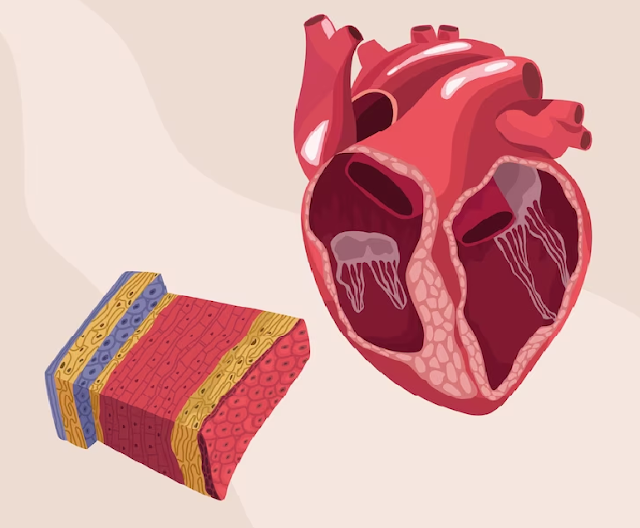Heart Emergency & What to Do

A heart emergency is a critical medical situation that requires immediate attention and response. The heart is a vital organ responsible for pumping oxygenated blood throughout the body, and any interruption to its normal functioning can lead to life-threatening consequences. Understanding how to recognize the signs of a heart emergency and knowing what steps to take can make a significant difference in saving lives. Recognizing the Signs Leading cardiac surgeon Dr. Ramji Mehrotra says that recognizing the signs of a heart emergency is crucial in initiating prompt action. The common symptoms of a heart attack are: Ø Chest pain or discomfort: This could manifest as a feeling of pressure, squeezing, fullness, or pain in the center of the chest, which may last for a few minutes or come and go. Ø Pain or discomfort in other areas: The pain may spread to the arms (usually the left arm), back, neck, jaw, or stomach. Ø Shortness of breath: Experiencing difficult...


